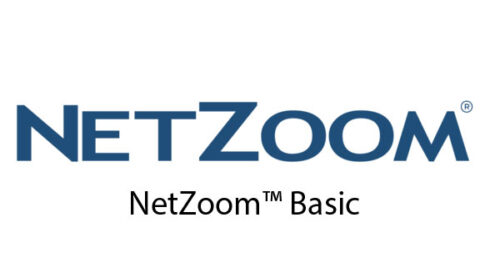IDERA – SQL Defrag Manager
- Improve the experience of application end-users by enhancing database performance via index defragmentation
- Gain visibility into database health regarding index fragmentation by viewing a single dashboard for all monitored databases
- Proactively prevent problems with database performance before they impact the organization by automating the management of index fragmentation
- Efficiently manage entire SQL Server environments by deploying a single tool across the entire environment
- Ensure organizational compliance with IT standards by deploying automated policies for index defragmentation
- Increase the efficiency of database administrators by reducing the time to manage index fragmentation
- Better utilize the investments in IT infrastructure by maximizing database performance via index defragmentation
Defragment Efficiently
- Simplify the identification of fragmentation hot spots of that reduce the performance of SQL Server by automatically analyzing key indicators.
- Efficiently manage and track the defragmentation of many SQL Servers, databases, tables, and indexes across the environment by using the central management console that provides a single pane of glass to manage settings, monitor activity, and report results.
- Quickly find the worst fragmented indexes by viewing the color-coded enterprise dashboard with lists that can be sorted to highlight the SQL Servers, databases, tables, and indexes across the environment that are most impacted by fragmentation.
- Minimize the time spent on defragmentation by installing and configuring SQL Defrag Manager quickly for the entire environment, and minimize the learning curve by using the intuitive graphical user interface.
Automate Defragmentation
- Efficiently manage the improvement of the performance of SQL Server via defragmentation by automating the processes of pinpointing fragmentation and subsequent defragmenting.
- Reduce the time that is required to manage the maintenance on indexes by applying automation policies for defragmentation to multiple SQL Servers, databases, tables, and indexes across the environment simultaneously.
Minimize System Impact
- Reduce the time required to manage many defragmentation jobs for many SQL Servers across the environment by specifying the conditions for when each job is started and stopped.
- Minimize the impact of defragmentation jobs by scheduling the jobs at optimal times (such as off-peak hours and maintenance windows) and based on the size of the indexes.
- Avoid database contention during defragmentation jobs by checking critical indicators for the utilization of system resources before starting the jobs.
Optimize Defragmentation
- Improve the performance of SQL Server and reduce the frequency of defragmentation by reducing the splitting and shifting of pages by configuring the settings for the fill factor for index pages.
- Manage evolving SQL Server environments for defragmentation by automatically adding and removing databases, tables, and indexes from policies on a daily basis.
- Fully understand which defragmentation jobs finished successfully and which jobs were terminated prematurely by receiving email notifications for completions and exceptions.
Report on Improvements
- Share with management and peers the attained improvements in the performance of SQL Server due to defragmentation by generating reports that highlight the worst fragmented objects (that is, SQL Servers, databases, tables, and indexes), reclaimed resources, and other essential information.
- Report on the achieved cost savings from defragmentation by tracking the improvements via reclaimed resources for each SQL Server, database, table, and index across the environment per day and per year.





















There are no reviews yet.